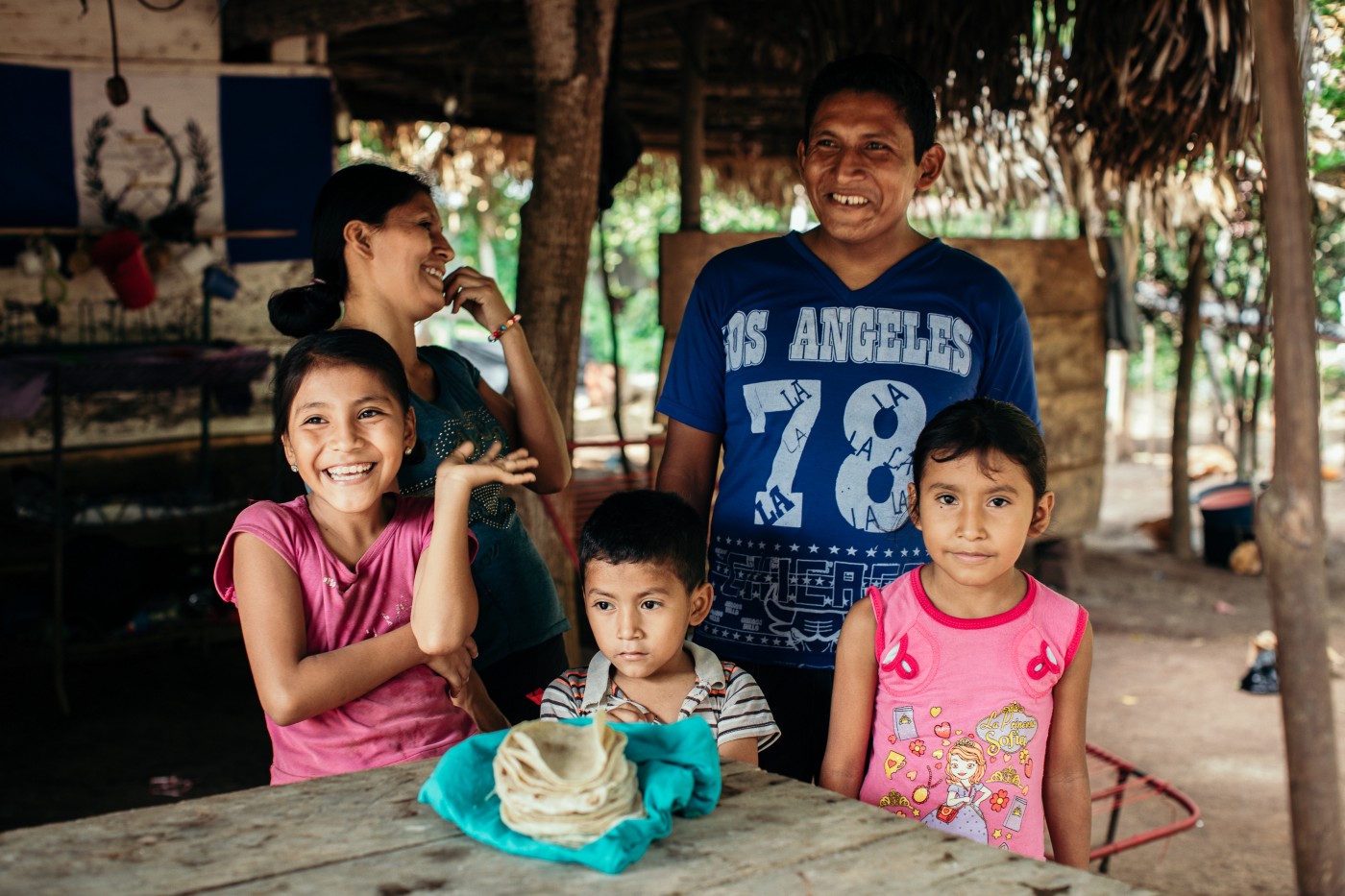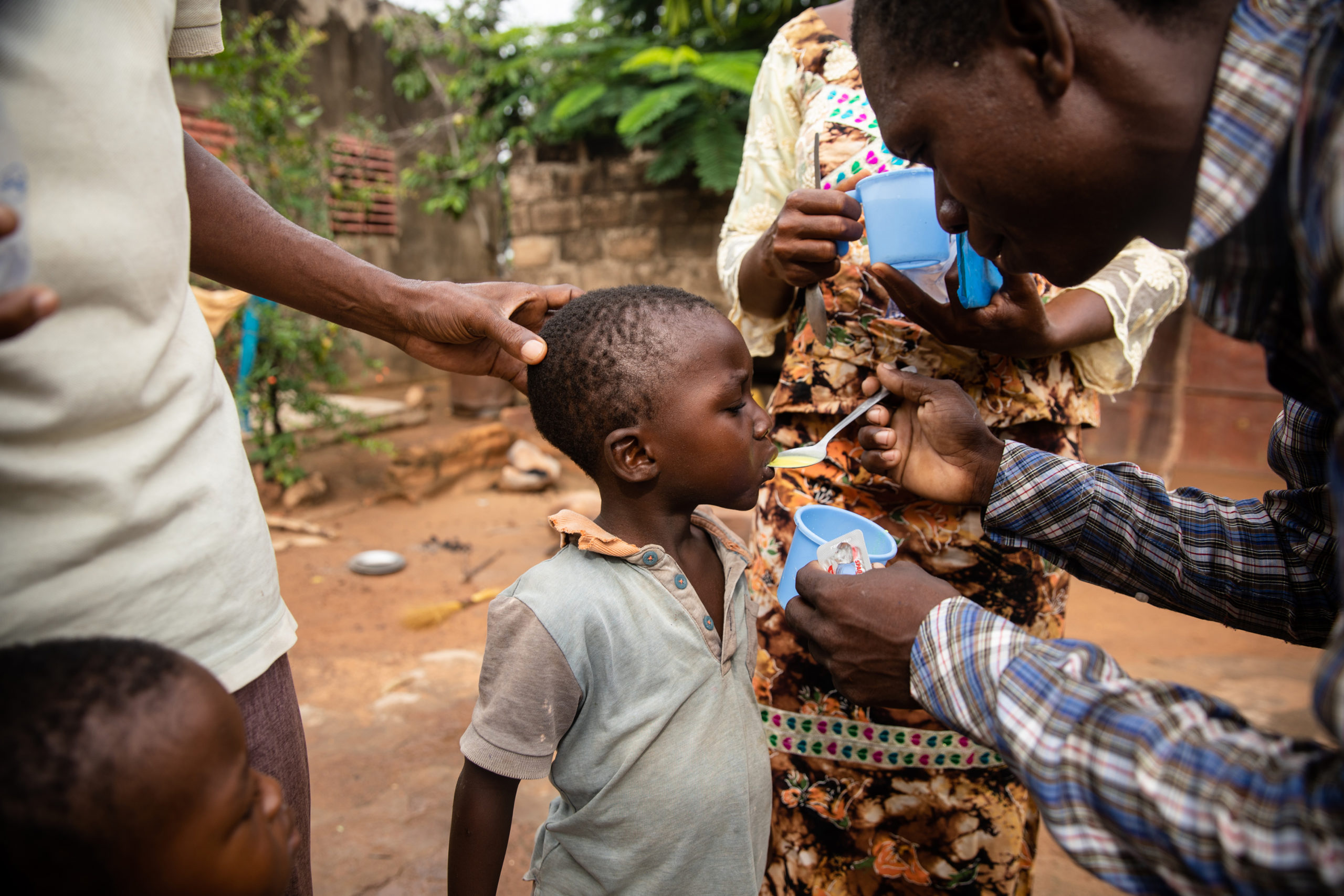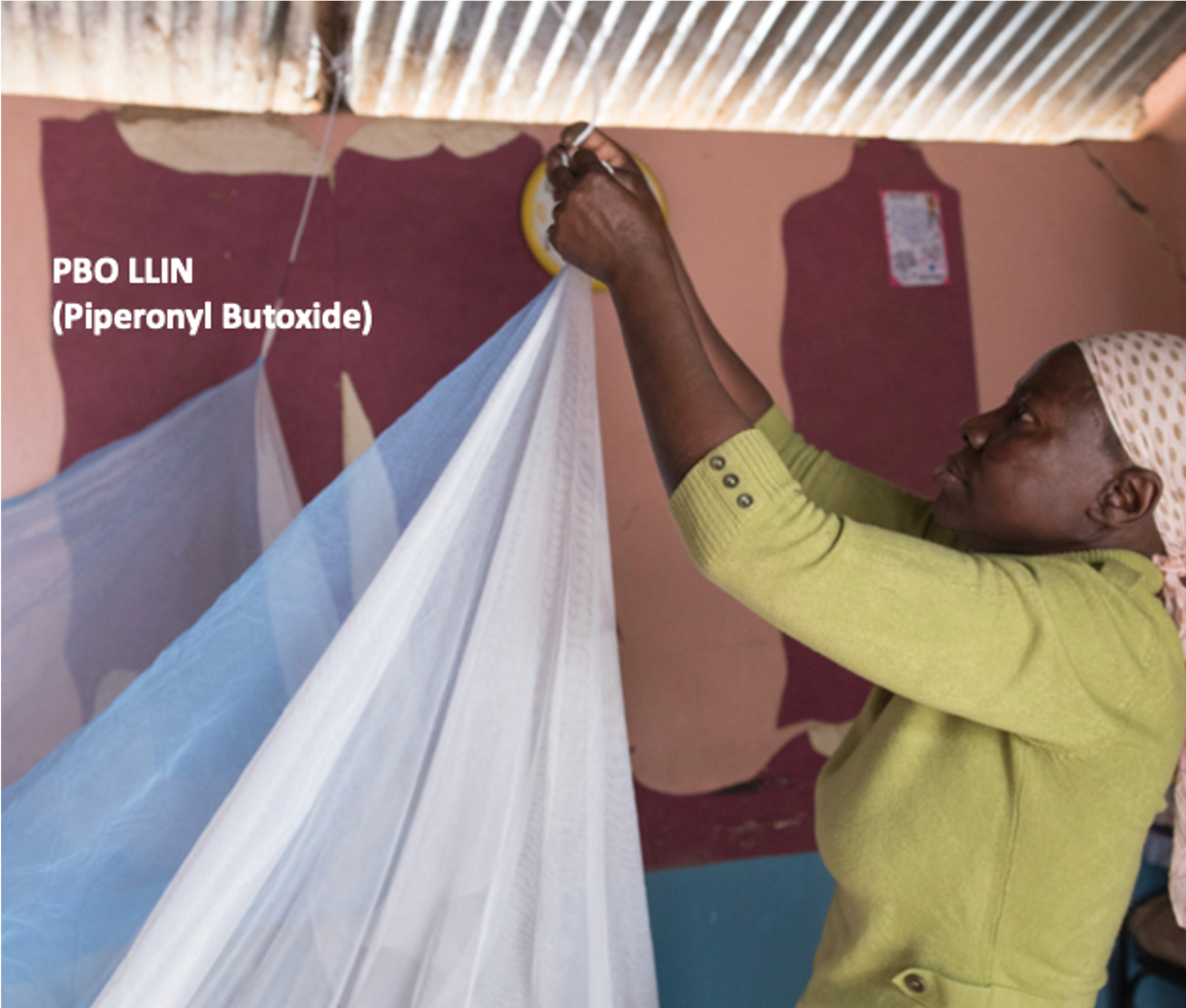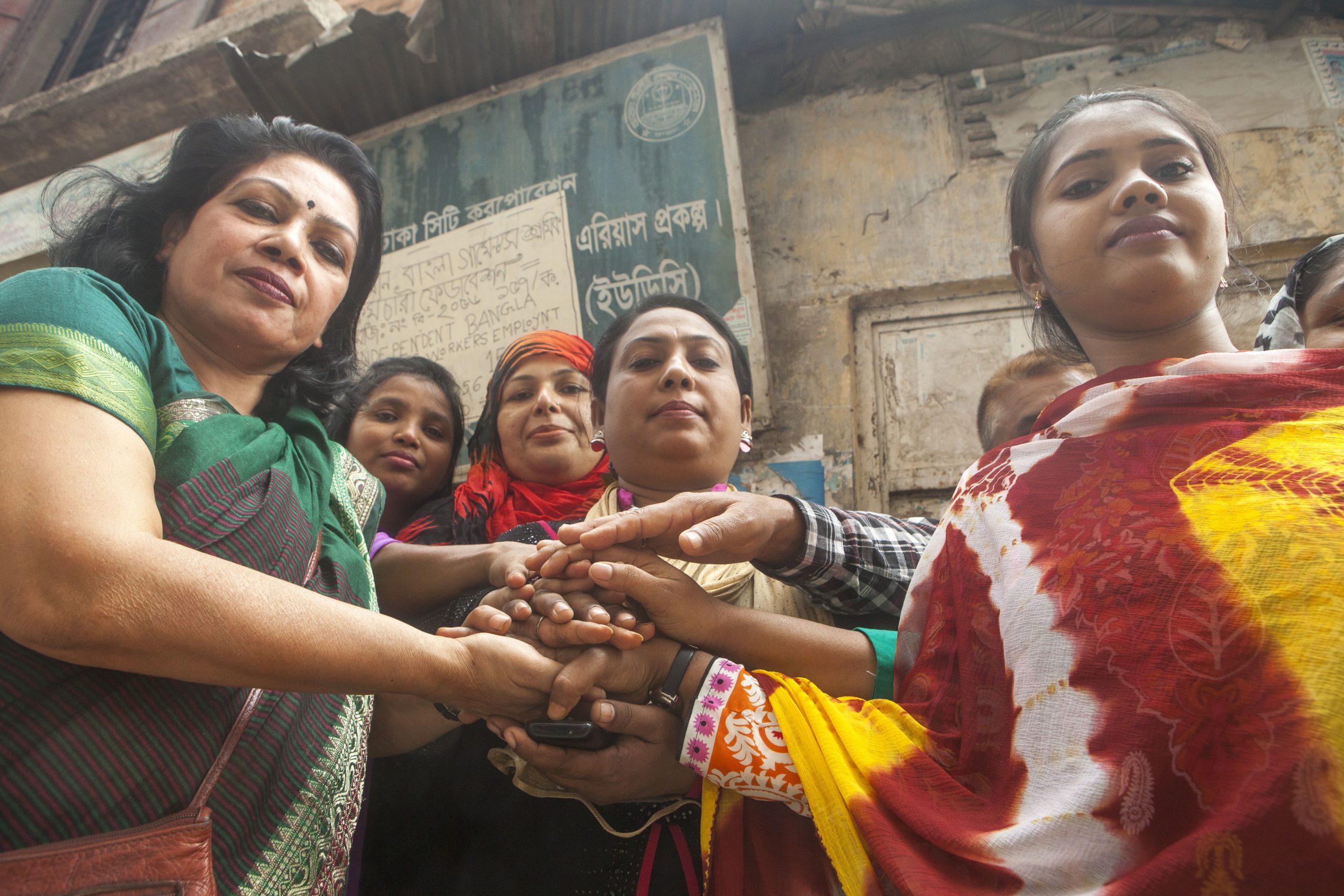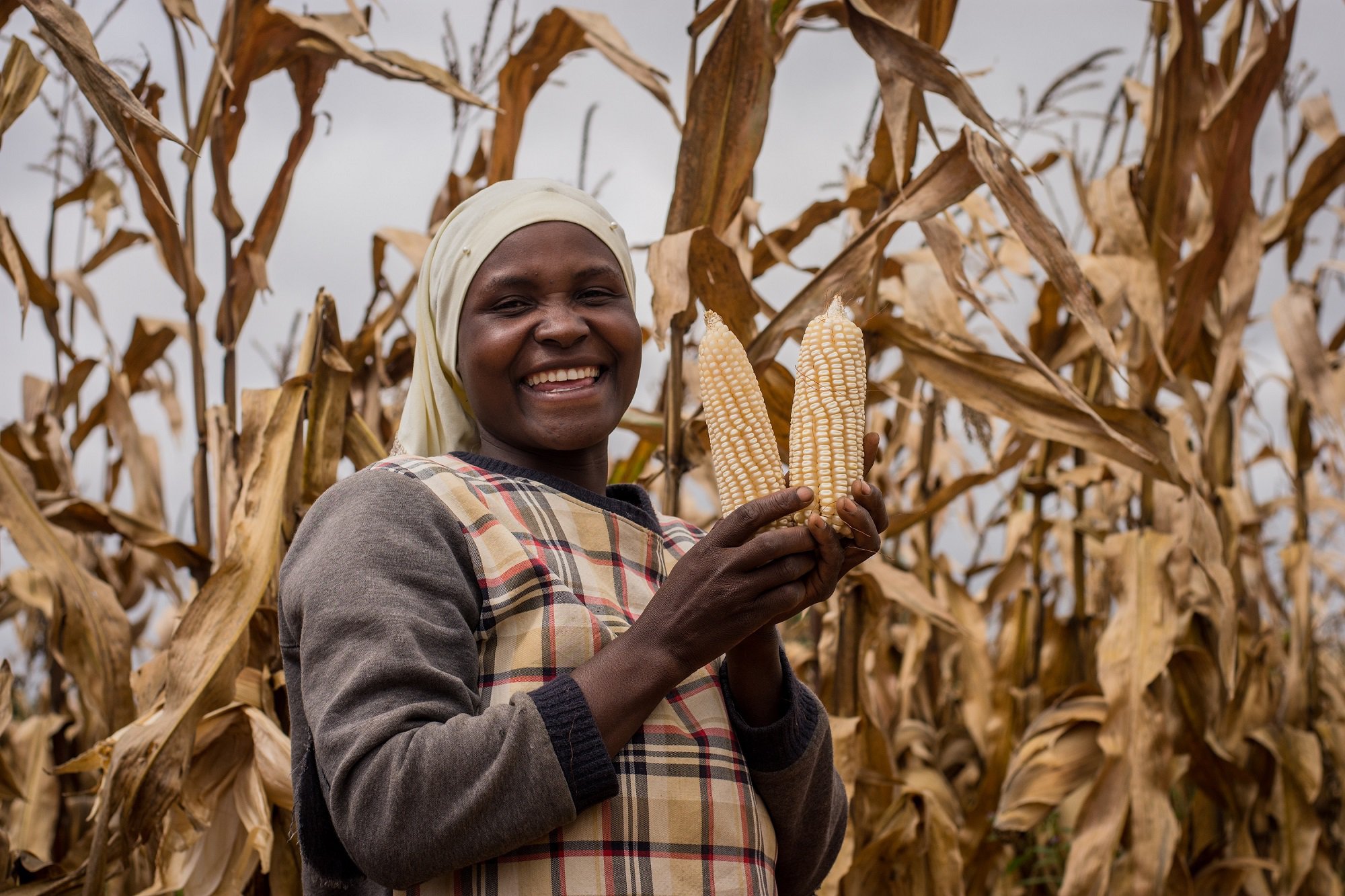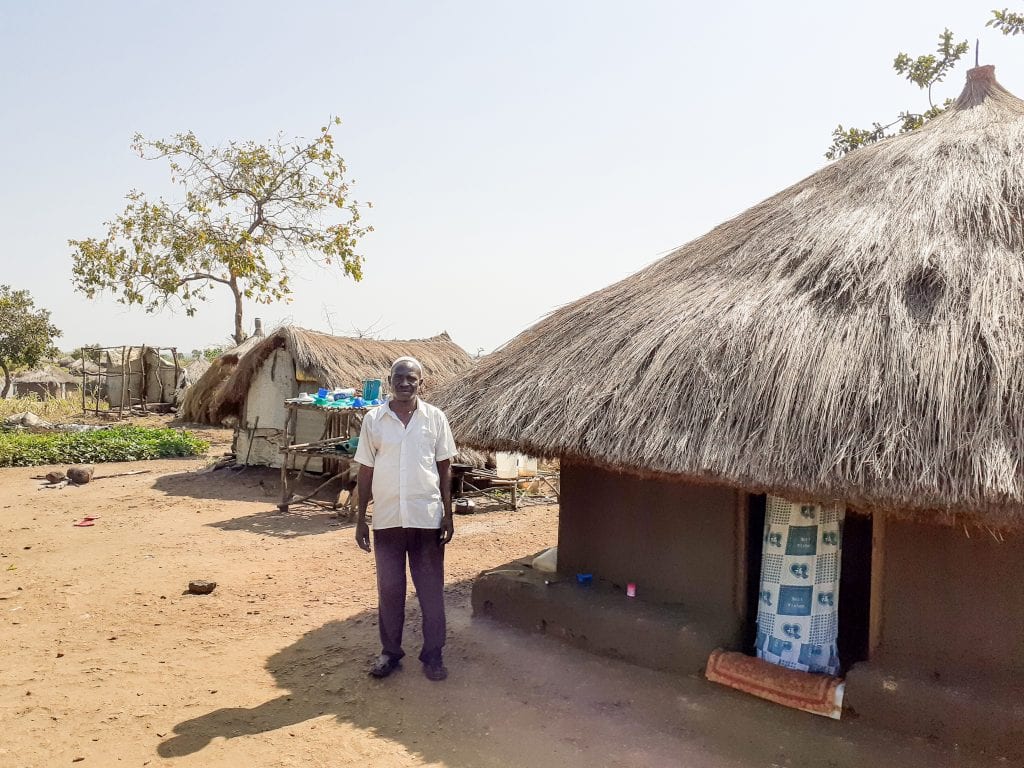Besides the information below, you can read about Sanku/PHC’s COVID-19 response work here.
The article below, timely in light of World Hunger Day on May 28th, is co-authored by Sanku/Project Healthy Children and first appeared on Medium.
By: Anne Wanlund, Katey Linskey, Dr. Vincent Assey, Dr. Manolo Mazariegos, Curt Bowen
As the world searches for answers on how to mitigate the effects of COVID-19, it is important to remember the critical role of micronutrient interventions in maintaining public health. Zinc, an essential micronutrient, is an unsung hero in our bodies — supporting and sustaining healthy immune system function and reducing the severity of respiratory infections in children and the elderly. Zinc deficiency affects one third of the global population, and is responsible for 16% of lower respiratory tract infections globally.¹ The administration of intravenous zinc for treating COVID-19 is undergoing clinical trials, given the success of supplementation in slowing virus replication in SARS and other coronaviruses.² Zinc’s clear contributions to bolstering immunity and its undisputed impact on health are especially significant during a disease outbreak. Thus, could preventing zinc deficiency reduce the severity of COVID-19’s impact — particularly in vulnerable populations?
Based on existing evidence, we have reason to believe so, and are calling on policymakers, practitioners, and donors to support food

fortification efforts that aim to prevent zinc deficiency in the developing world as part of immediate COVID-19 responses and long-term health resilience efforts. Here’s why:
Zinc deficiency compromises immune systems. Micronutrient deficiency during disease outbreaks increases mortality. Even marginal zinc deficiency can impact optimal immune system function, and severe deficiency depresses the immune system significantly.³ Poor nutrition prevents people from fighting and recovering from disease effectively, as was observed during the Ebola outbreak in West Africa. Health care workers during the crisis observed a connection between patients’ survival rate and their preexisting nutrition status.⁴
Pneumonia has more severe outcomes for zinc-deficient children and the elderly. Based on the outcomes of clinical trials where zinc was given as a supplement, it is widely accepted that zinc deficiency is linked to more serious, and sometimes fatal, consequences for children and the elderly with acute pneumonia — which presents in severe cases of COVID-19.⁵⁶ Zinc sufficiency has been shown to reduce the incidence of pneumonia by 50% in the elderly as compared to those with low levels of zinc. The same study found that all-cause mortality was 39% for those with normal zinc levels versus those who were deficient. This indicates improving zinc sufficiency could reduce overall mortality for the elderly, who are high-risk.⁷
Zinc deficiency already disproportionately affects impoverished populations, who cannot afford zinc-rich foods. A varied diet that includes diverse sources of protein normally provides enough zinc for healthy growth. However, for the world’s poor, a diverse diet is often financially unattainable. Extreme poverty caused by the economic disruption of COVID-19 will create a more severe food crisis for the already malnourished, thus exacerbating existing zinc deficiencies and preventable deaths.
This represents a vicious cycle: malnourished populations could be more susceptible to adverse outcomes from COVID-19, and COVID-19 will further increase the poverty and malnutrition that makes these populations susceptible.
Based on this evidence, getting zinc, along with other critical nutrients, into the primary food supply for vulnerable populations is more critical and urgent now than ever before.
Fortification — and biofortification — can assure zinc reaches those who need it most and may mitigate the effects of COVID-19 in zinc-deficient populations. The most viable way to rapidly ensure at-risk populations in developing countries have consistent, if not increased, access to zinc and other nutrients is through food fortification. Adding basic nutrients to staple foods through fortification is accomplished during food processing or by improving crops’ nutritional composition prior to processing through biofortification.
Food fortification has the ability to improve nutrition during a pandemic without placing any further strain on over-burdened health systems. During a disease outbreak in which mobility is restricted, fortification plays a unique role in providing widespread access to essential nutrients without requiring additional training, health worker extension, or visits to clinics. Food fortification is also a cost-effective and effective micronutrient intervention, given its potential to rapidly create access to critical nutrients for low income populations without relying on behavior change. Fortification can have a staggering return on investment — $1 invested in fortification generates $27 in economic return from averted disease, improved earnings, and enhanced work productivity.⁸ And it doesn’t cost more for consumers.
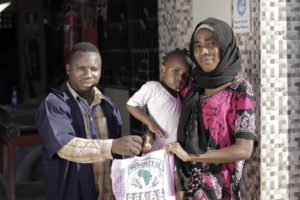
There are successful fortification case studies from Africa and Latin America: Fortification is universally done in the developed world, but is lacking from staple foods in developing countries. Sanku and Semilla Nueva are addressing this gap in Tanzania and Guatemala respectively. In Tanzania, where 32% of children are stunted by chronic malnutrition, Sanku is transforming the small and medium scale milling industry. In partnership with 350 corn flour millers, Sanku reaches rural and remote populations with zinc and other critical nutrients at a cost of only $0.53 per person. In Guatemala, where mills are limited but corn accounts for 50% of the average rural diet and consequently 46% of children are stunted,⁹ Semilla Nueva produces and sells biofortified corn seed. The non-GMO corn contains 39% more zinc amongst other nutrients and can close the zinc gap for children and pregnant women in rural Guatemala.¹⁰ One smallholder farmer with one bag of biofortified corn seed produces enough biofortified grain for over 60 people to consume for a year. Together, Semilla Nueva and Sanku have reached over 2 million people in Africa and Latin America. The complementary fortification and biofortification approaches provide a scalable blueprint that can be tailored to countries with high micronutrient malnutrition rates all over the world.
Programs that address zinc deficiency have an important role in COVID-19 response.
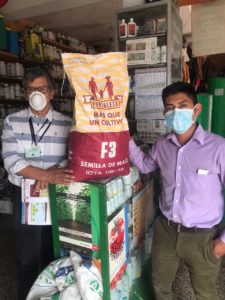
Severe disruptions to food supply chains and economies will push vulnerable communities further into poverty, resulting in both acute and long-term effects on populations. Spikes in malnutrition caused by COVID-19 require a fast and tailored nutrition response. Investing in proven nutrition interventions presents the opportunity to create more resilient populations while addressing the immediate needs caused by COVID-19.
Despite the existence of scalable, evidence based fortification models, there remains a long road until vulnerable populations in developing countries have universal access to essential micronutrients. The COVID-19 pandemic exposes the urgency of this gap. Governments should promote micronutrient interventions, including fortification, in their countries through policy initiatives and enforcement. Donors and practitioners need to focus efforts on expanding access to fortified foods in developing countries, particularly for rural populations. In the immediate term, governments and donors can augment their response to the COVID-19 pandemic by supporting efforts to assure adequate zinc, along with other micronutrients, in diets.
Ensuring the world’s most vulnerable have a fighting chance and access to life-saving nutrients is more critical now than ever. Together, we can improve nutrition to limit the scourge of disease and avoid overburdening local health systems. Through investment in tested and true fortification efforts, we can better protect vulnerable populations from the severity of COVID-19 and it’s consequences.
Semilla Nueva wishes to recognize and thank the partners who helped develop and launch the first commercial high zinc biofortified seed: Harvest Plus, the International Maize and Wheat Improvement Center (CIMMYT), the Guatemalan Government’s Ministry of Agriculture, Livestock and Food (MAGA, and the Institute for Agricultural Science and Technologies (ICTA).
Sanku wishes to acknowledge the critical support of the Government of Tanzania, which has enabled small-scale maize fortification to flourish, as well as the many international partners who have believed in and invested in the potential of small-scale fortification to reach rural and remote populations.
You can read more about Sanku/PHC’s general work here, their COVID-19 response projects here, and support their work here.
Anne Wanlund serves as the Head of Impact & Strategy for Sanku Fortification, where she oversees research and development. She has worked across East and West Africa on nutrition and global health interventions, spanning issues that include acute and chronic malnutrition, small-scale horticulture, nutrition and prenatal care, and food processing. She holds a Master’s degree from the Fletcher School of Law and Diplomacy at Tufts University.
Dr. Vincent Assey has a PhD in Public Health Nutrition from the University of Bergen, Norway, and a MSc in Clinical Biochemistry. He recently retired from his position as the Managing Director of the Tanzania Food and Nutrition Centre (TFNC) where he worked for 30 years. His current role is Regional Coordinator for the Iodine Global Network for East Africa, spearheading biofortification and food fortification research.
Dr. Manolo Mazariegos is Coordinator of the Nutrition and Micronutrient División and specialist in maternal and infant health & nutrition at the Institute of Nutrition for Central America and Panama (INCAP), the leading regional nutrition research institute and think tank. Dr. Mazariegos has more than 25 years of experience leading efforts in development, implementation, and evaluation of clinical, nutritional, public health projects and its connection with agriculture.
Curt Bowen co-founded Semilla Nueva and currently serves as executive director. He leads the strategic plans for seed research, production, and promotion and oversees long term sustainability and development of the organization. Curt has worked in the agriculture sector in Guatemala for nearly a decade and was trained at the renowned International Maize and Wheat Improvement Center (CIMMYT). Curt has been recognized as an Ashoka Fellow, Mulago Fellow, GLG Fellow, and Forbes 30 Under 30 Social Entrepreneur for his leadership.
Katey Linskey serves as the Program and Development Manager for Semilla Nueva. She spent five years at Last Mile Health, where she established and led global advocacy, working closely with major multi and bilateral organization, partner organizations, and global coalitions to develop and establish community health worker policies and standards. Katey’s experience working on primary health and nutrition spans Latin America, West Africa, and India.
Footnotes
5: The American Journal of Clinical Nutrition, Volume 83, Issue 5, May 2006, Pages 991–992,https://doi.org/10.1093/ajcn/83.5.991
10: Instituto de Nutrición de Centro América y Panamá (INCAP). 2019.
